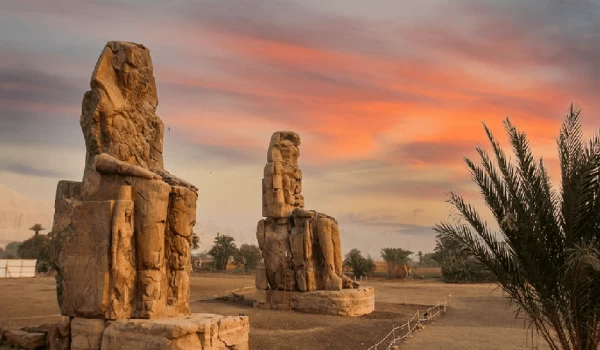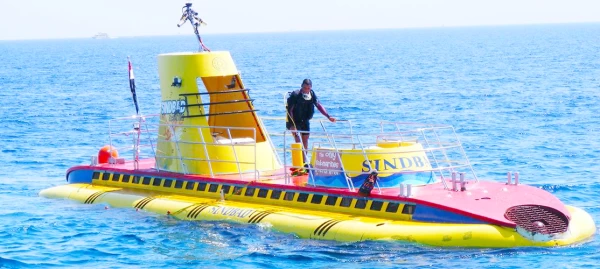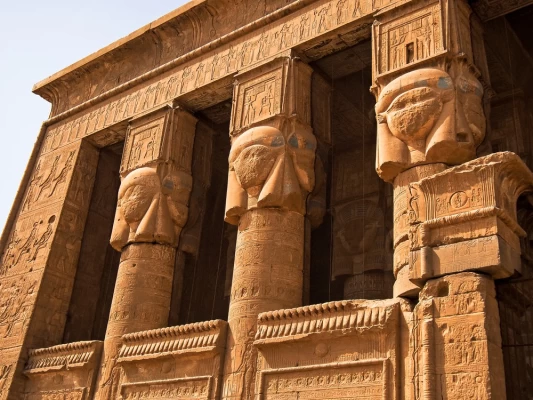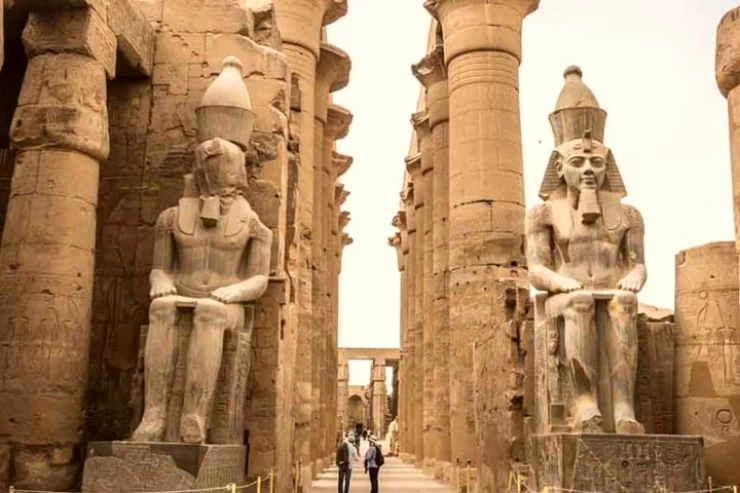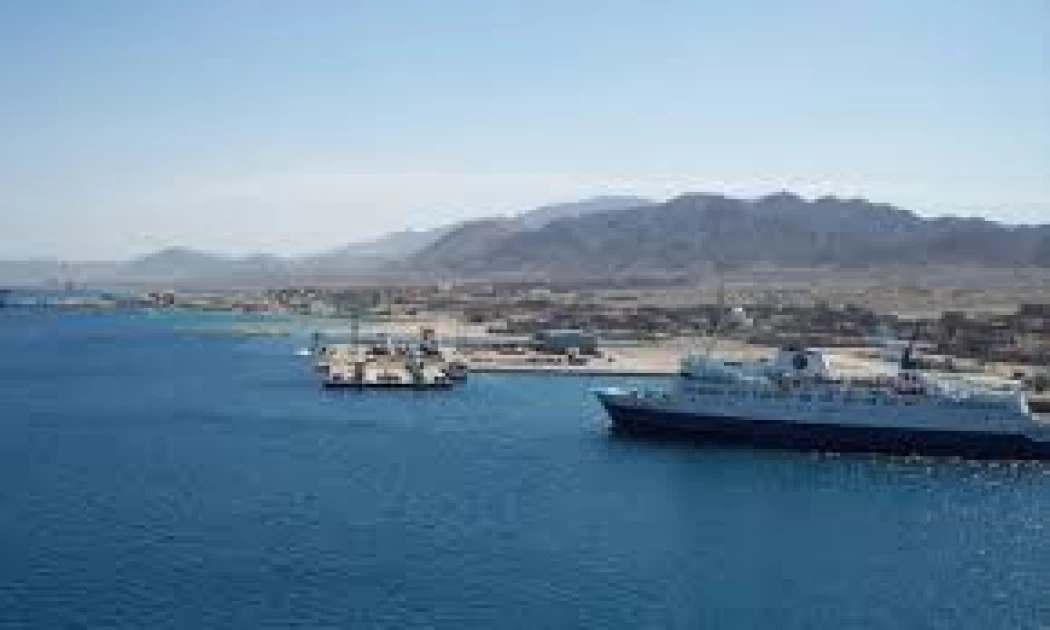
Safaga Port
Facts About Ain Sokhna Port
Safaga Mining Port (Abu Tartour) is one of the specialized mining ports established by the state on the Red Sea coast as a Dry Bulk Terminal, where it was built and equipped with integrated automated equipment to ship phosphate ore to serve the phosphate mines discovered in the Abu Tartour plateau in the New Valley Governorate. The port was named after this project and to distinguish it from another neighboring port with the same name, and its official operation began in early 2000.
The port was built and equipped with automated equipment to ship phosphate ore to serve the phosphate mines discovered on the Abu Tartour plateau in the New Valley Governorate and export it to the global market through a 680 km long railway line to be the main means of transportation for the port.
Safaga Port is one of the oldest Red Sea ports, as its real activity began in 1911 with the export of phosphate ore, and the port was a major fulcrum for our naval forces to carry out their missions in securing the eastern side of Egypt during its war with Israel, and the port has long served pilgrims in addition to commerce between Australia, Southeast Asian, and African nations.
The city of Safaga is located south of Hurghada and its beaches are about 60 kilometers long. The city was established in 1911 with the discovery of phosphate. Most of its residents' activities are in industry, mining, and tourism. The city has traces of the Pharaohs' use of the port 4,000 years ago. Voyages to the land of Puntland in the Horn of Africa were launched from here.
It is considered the shortest route linking Egypt and the Kingdom of Saudi Arabia, as the distance between Safaga port and Daba port takes 8 hours, and the port has a pilgrims' village to serve pilgrims and facilitate Hajj and Umrah trips to and from the Saudi port of Daba. Safaga is the closest Red Sea city to the Nile Valley governorates, as it is 160 kilometers from Qena.







